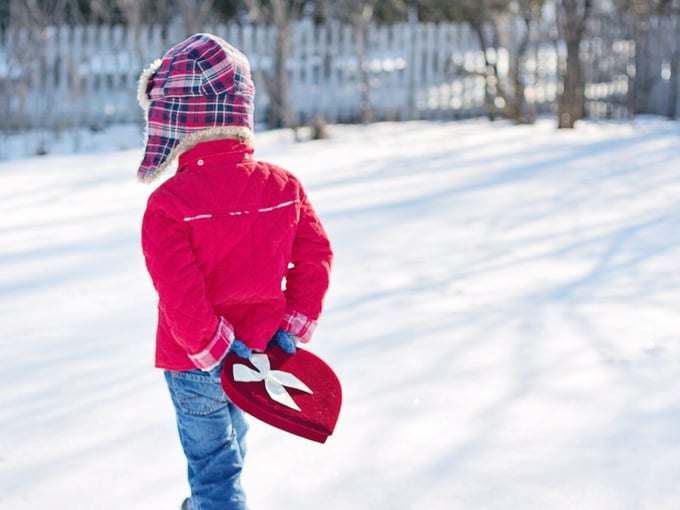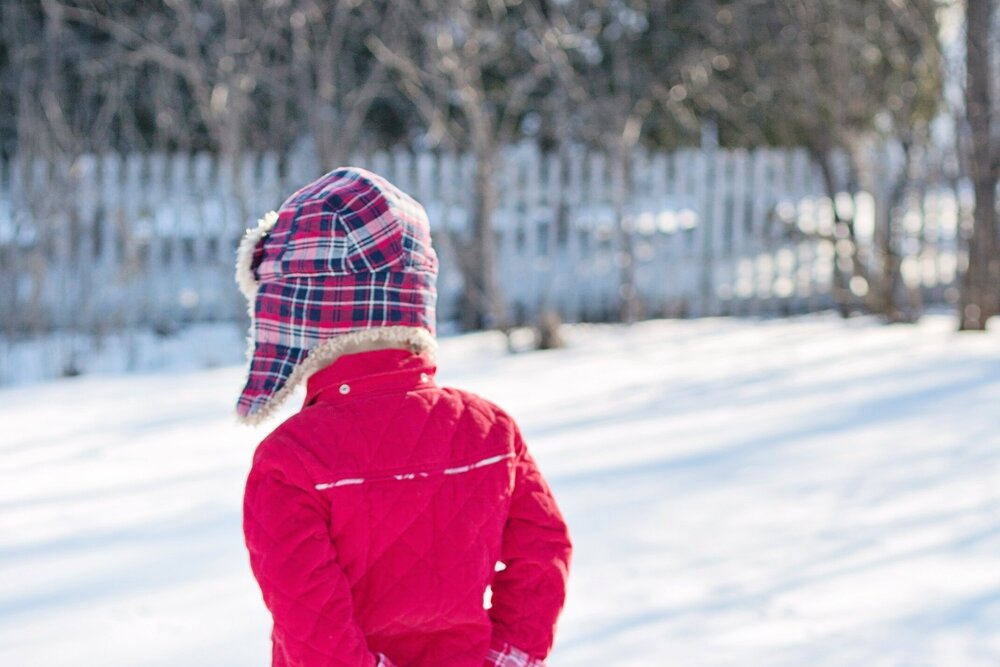Facing down a pandemic winter with kids and feeling overwhelmed already? Here are some ideas.

image-block-outer-wrapper
layout-caption-below
design-layout-inline
combination-animation-none
individual-animation-none
individual-text-animation-none
"
data-test="image-block-inline-outer-wrapper"
>
sqs-block-image-figure
intrinsic
"
style="max-width:2140px;"
>
style="padding-bottom:66.68224334716797%;"
class="
image-block-wrapper
has-aspect-ratio
"
data-animation-role="image"
>

Parents have moved mountains to make it this far through the pandemic. It’s amazing we’ve come this far, but when you’re tutoring a kid in virtual class while on a work call (both of you on the verge of tears), it’s easy to feel defeated. Covid-19 numbers are spiking across the country, thousands of daycare centers are closed, and we’re facing down a holiday season without family and friends. Many of us have used up all our creativity and resources to get to this point.
We may not have much energy or bandwidth, but we’re not alone. What follows are some ways to regroup, using someone else’s ideas. After all, you are tired - and at Helpr, it’s our job to sit down and think about childcare for a living!
Keep kids moving.
First and most important point: burn off their energy! Even if you’re trapped inside, getting your kids to move helps their mental health, focus and attention. This won’t always be easy, but if you can find a way to get kids to exercise, it will probably make your life a whole lot easier.
One idea we found helpful: creating a grab jar in which you have small pieces of paper with activities on them, from burps to jumping jacks. Or, another favorite around these parts - have your kids create an obstacle course out of pillows and furniture (and get them to time themselves - a way to get them to do it over… and over… and over again). A little physical movement each day can make a big difference in their behavior (and your sanity).
Stock up on outdoor wear.
It might be cold outside, but that doesn’t stop parents in Scandinavia from keeping kids outside all day long. On days that you don’t have to work, consider layering up and spending time in the fresh air hiking, playing, even having a hot-food picnic with thermoses! Here’s a whole list of activities from treasure hunts to botany lessons that can be done out in the cold. Charging up on outdoor time can do a lot to keep kids from getting restless on indoor school/work days.
Help your kids pace themselves, too.
If you’re feeling pandemic fatigued, chances are your kids are too. As we head into a dark winter, there are things parents can do that can help build their children’s resilience. Be honest with them - at an age appropriate level - about the changes that are coming, and what they will mean for their everyday lives. Be open about the possibility that many things will be different this year, but that things will get back to normal one day.
Plan with your kid some activities they’d like to try that are pandemic safe. It will give them a sense of control over their lives, and get them excited about trying new adventures. Keep a schedule, and arrange for regular times to connect with family or friends remotely, so that they can maintain social contact despite the restrictions that may come.
Consider virtual caregiving.
Though schools are now open in most parts of the country, that could change quickly. But despite the fact that everyone seems to think that parents can work while their kids do virtual classes, the fact is, it’s really hard to model long division while you’re under deadline.
Depending on the age(s) of your kids, you might want to consider virtual caregiving if you work from home. For younger kids, this can be an online caregiver who engages them in crafts, play, and physical movement over zoom. For older kids, a skilled online caregiver can help them with homework and supplement the lessons they have in the virtual learning sessions they’re partaking in.
Of course, cost is a factor. Some companies have been willing to subsidize this kind of childcare cost for their employees. It’s clearly going to provide a boost in productivity, so there’s a case to be made for the return-on-investment. Even if it’s only a couple of hours a day, this kind of care gives parents who work from home the quiet they need for a big meeting, or just a break from the hats they are juggling 24 hours a day right now.
For parents who cannot work from home, some workplaces have been getting creative. One HR director in Greensboro, North Carolina created a one-room schoolhouse in the office for employee's kids, using office Wi-Fi, socially-distanced computers, and a teacher, giving 16 children of employees on-location remote learning.
In-home caregiving in a pod.
Traditional methods of in-home caregiving haven't disappeared. Consider creating a bubble with another family to allow for shared caregiving, with the added bonus that your kids won’t lose every last social skill by 2021!
With the right boundaries and structures in place to reduce the risk of Covid-19 exposure outside the home, in-home caregiving is still possible when everyone involved is on the same page.
The best way to make this work for both caregivers and families is to sit down and talk about what those boundaries will be - one person’s “careful” might involve activities that another person would consider too risky. Communication is key here, but the benefits of having a bubble will pay off both in shared cost burdens and less isolation for your kids. It can also keep a caregiver employed.
Create a COVID-19 plan with your family and caregiver.
To keep safety a top priority in any caregiving arrangement, having some measures in place can help everyone feel safe. Helpr has some guidelines here to get you started. If you are looking to form your own COVID-19 plan, here are some suggestion to consider:
-
Establish a caregiving agreement. This agreement could range from agreed disclosure of any potential exposure from either family or caregiver, notifying involved parties of any COVID-19 symptoms that may develop, and creating a plan for how to handle a potential case in the home.
-
Consider at-home check ins for family members and caregivers. Daily temperature and overall symptom checks could help prevent a possible exposure. If possible, regular COVID-19 testing can help families and caregivers be aware of the current state of their health in regards to COVID-19
-
Encourage mask wearing for caregiver and/or child(ren) when in enclosed spaces or in close contact
-
Consider setting up sick pay for your caregiver so they are able to take off time from work if they are feeling sick or under the weather.
Look after yourself, too.
The burnout is real. It’s easier said than done, we know. But remember, this too shall pass.
Helpr is here to help your family answer these difficult questions as we all communally attempt to navigate the current events of a global pandemic and the incoming winter months. If you have any questions or are curious about how to find a caregiver that best suits your needs, feel free to reach out and contact us at 877-417-4883 or at hello@helpr-app.com.







